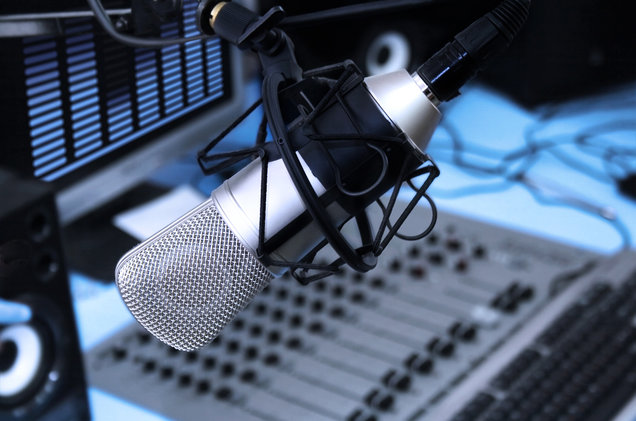By Dan Japhet: Media Monitor
For years, we media folks have referred to television as the reach medium and radio as the frequency medium. But, that’s not the case anymore. In fact, radio has the strongest reach of all major media—93% weekly reach of adults 18+ years. Broadcast TV (i.e., network stations) has 88% reach.
Broadcast TV prime ratings have dropped 33% over the past four years. And radio reach has remained virtually the same for 40-plus years.
So, what does all this mean? Well, it means several things—if you’re interested in truly targeting your media.
First, you might want to look at news and sports, if you want efficient reach from broadcast TV.
Second, it would probably serve you well to check out the age groups that radio and television deliver. Broadcast TV skews older, meaning disproportionate numbers of viewers in the 45+ year category. (75% of millennials watch broadcast TV.) Radio, reaches virtually as many millennials (92%) as 18+ listeners (93%).
So why have radio station revenues in Seattle been declining at about 5% a year you ask? They should be going up, right?
The answer has to do with digital advertising continually commanding bigger shares of client budgets? And those dollars have to come from somewhere, if the budgets aren’t growing.
Pandora has profited from some of the digital hype, while accounting for less than a third of the reach enjoyed by AM/FM radio stations. Those stations are strong with 18-34-year-old targets and worthy of any radio buy targeting that demo.
Pandora is optional listening to AM/FM radio, which is enjoyed mostly by those in vehicles. Most importantly, AM/FM gives the buyer target reach, while Pandora provides reach of their Pandora listeners.
So why are more dollars being spent on digital and fewer on traditional radio?
Because, no one reads the fine print. No one asks reach and frequency numbers from digital folks. (Maybe 60% reach from all digital, at best.) But you won’t get those numbers from digital-sales folks.
Marketers (clients and media buyers) read the advertising trade press and, like lemmings, march over the cliff, taking more of their ad dollars to digital every year.
Radio stations are just as guilty, putting most of their eggs into the digital-option basket. At first, the stations tried selling their own websites for revenue. Now, they are brokering virtually any type of digital product available.
CONCLUSION
Radio has a lot to sell. It’s a one-stop shop for virtually all age groups—millennial through 50+.
However, that nifty research from the Radio Advertising Bureau needs to be read and understood by every station manager and salesperson. And then it needs to be used to earn back the dollars being lost to digital media.
Pub. Note: Apparently the media buyers aren’t listening to Dan’s advice, if these small examples are any indication: The Radio Spot category in the MARKETING Awards has only two entries to date. One if from one of the top voice talents in the area, who said it’s the only one he’s voiced in the last two years! Obviously, the loss of dozens independent local stations through consolidation in the past decade is another big factor in the decrease in local AM/FM radio action.







I can’t speak to veracity of the statistics you’re quoting but as a Seattle radio listener (in the car at least) I can attest to the horrible quality of the radio commercials themselves. Most are trite, clichéd, unimaginative, and repetitive. Even forward-thinking brands have resorted to bad spots that lack creativity. And when they’re stacked back-to-back in commercial pods that are simply too long, it’s one more reason to switch off and listen to something else. Agencies, radio stations, and brands can do better, and listeners deserve better.
I would question the “AM” part of the statement that “AM/FM” radio reaches Gen X, Y or Z. Outside of sports, AM is very old skewing product. That may change with some AM stations applying to rebroadcast on any available FM frequency although most of that is low power so the impact will be limited. The other overlooked statement about TV being old is that as folks continue to “cut the cord” research shows that many reinstall an over the air antenna which means they are receiving local broadcast channels (but not cable) which is giving these channels some additional younger viewers.
Comments are closed.